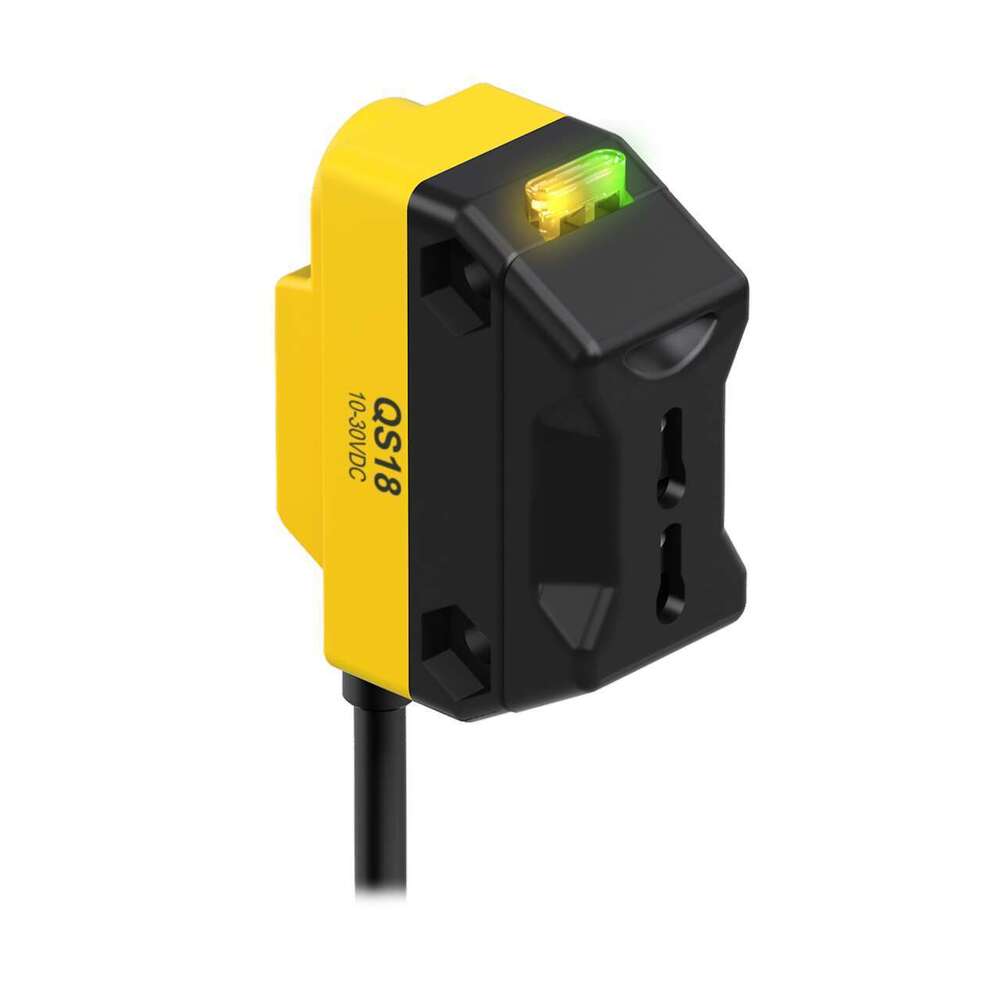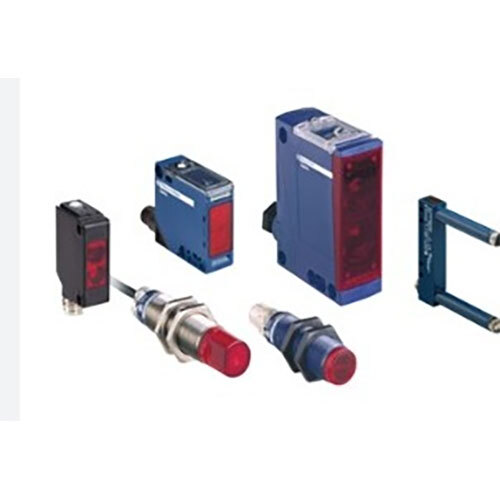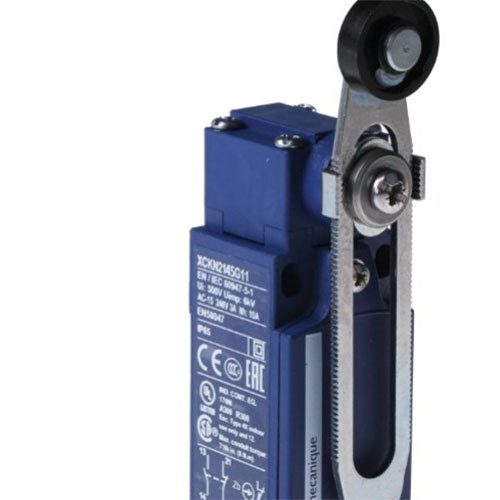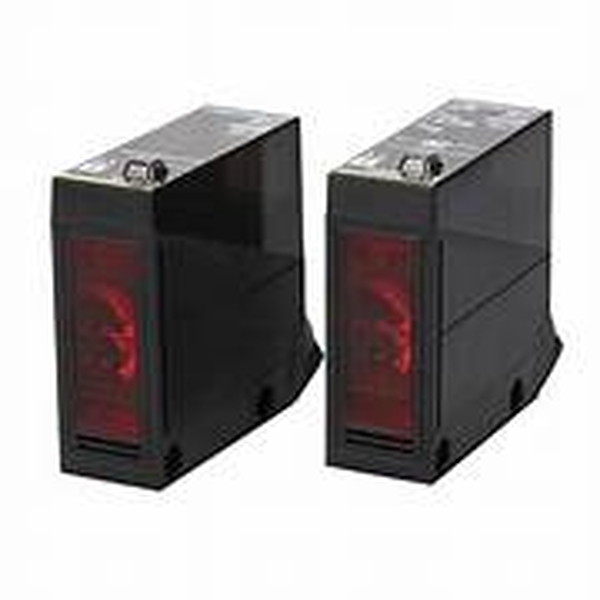Fiber Optic PBT Sensor
ઉત્પાદન વિગતો:
ભાવ અને જથ્થો
- 1
ઉત્પાદન વર્ણન
Key Features:
-
Small size and lightweight
-
Immunity to electromagnetic interference
-
Ability to operate in harsh environments
-
High sensitivity and accuracy
-
Long-distance signal transmission
Types of Fiber Optic Sensors
1. Intrinsic Sensors
-
The sensing takes place within the fiber itself.
-
Changes in temperature, pressure, strain, or other parameters directly affect the properties of light traveling through the fiber.
2. Extrinsic Sensors
-
The optical fiber is used to transmit light to and from an external sensing region.
-
The measurement is made outside the fiber, and the light carries the information back for analysis.
Working Principle
Fiber optic sensors work by detecting changes in:
-
Light intensity
-
Phase
-
Wavelength
-
Polarization
These changes are caused by external physical influences (e.g., strain, temperature, pressure) and are measured to infer the quantity being monitored.
Applications
-
Structural health monitoring (e.g., bridges, buildings, dams)
-
Medical applications (e.g., endoscopy, temperature sensing in MRI environments)
-
Aerospace and defense (e.g., vibration and pressure monitoring)
-
Oil and gas industry (e.g., pipeline monitoring)
-
Industrial automation (e.g., robotics, manufacturing processes)

Price: Â
- 50
- 100
- 200
- 250
- 500
- 1000+

 પૂછપરછ મોકલો
પૂછપરછ મોકલો





 English
English Spanish
Spanish French
French German
German Italian
Italian Chinese (Simplified)
Chinese (Simplified) Japanese
Japanese Korean
Korean Arabic
Arabic Portuguese
Portuguese